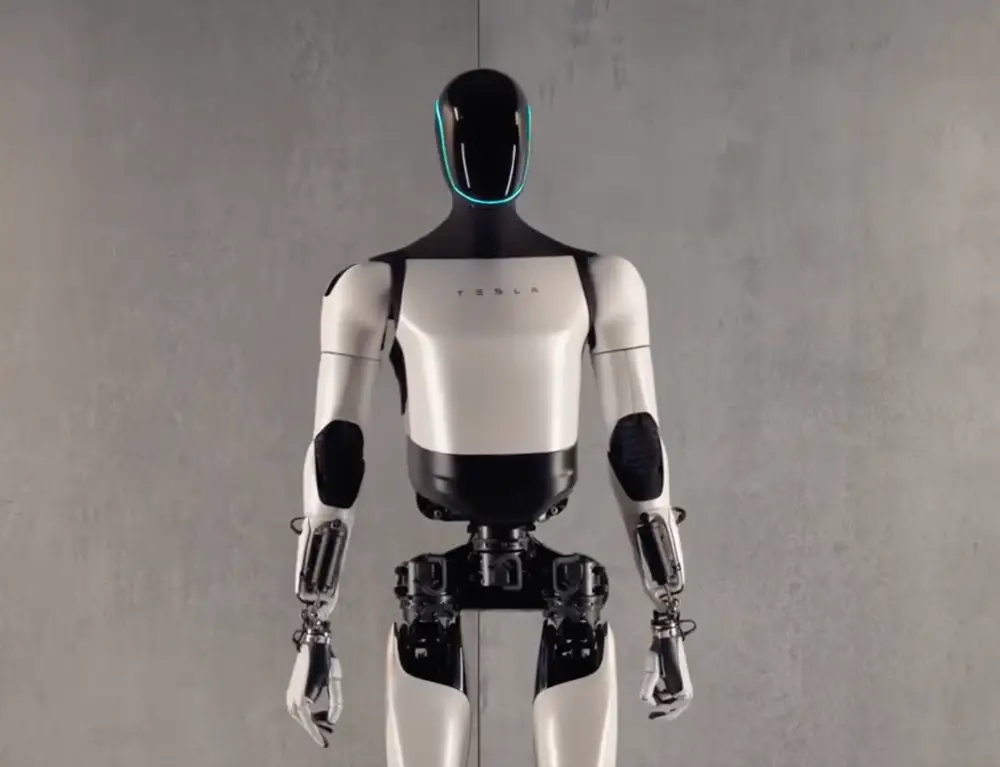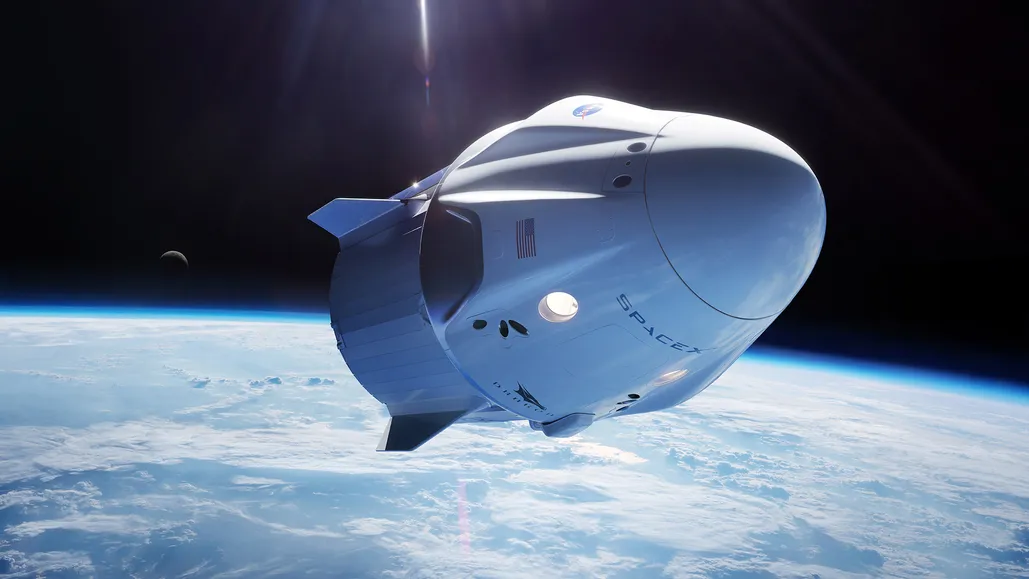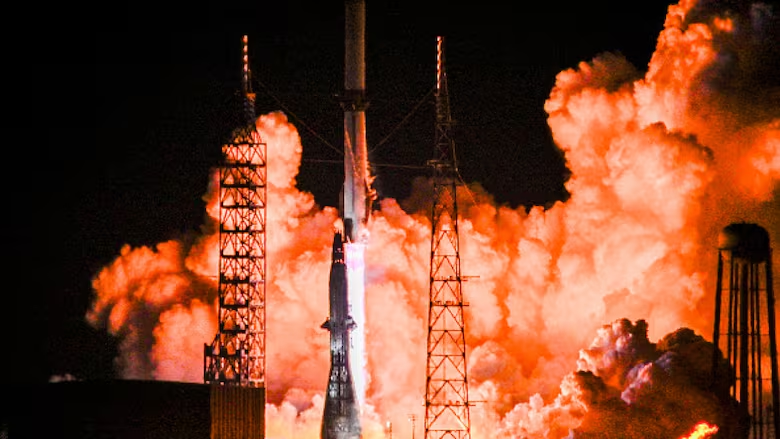
Optimus Humanoid: A Glimpse into the Future of Robotics
In the ever-evolving field of robotics, one of the most exciting developments is the rise of humanoid robots. Among them, Optimus Humanoid, developed by Tesla, has garnered considerable attention. Announced by Elon Musk during Tesla’s AI Day in 2021, Optimus is a symbol of the company’s ambition to merge advanced artificial intelligence with human-like robotic designs, potentially revolutionizing the future of automation and human-robot interaction.
What is Optimus Humanoid?
Optimus is a humanoid robot designed to perform repetitive and mundane tasks, freeing humans from physically strenuous work. Built with the goal of enhancing workplace productivity and eventually being available for household assistance, the robot stands at about 5 feet 8 inches (172 cm) and weighs around 125 pounds (56.7 kg). Its sleek design resembles a futuristic version of a human with a minimalist, black-and-white aesthetic, which gives it a distinctly futuristic look.
Key Features of Optimus
- Human-like Movement and Agility: Optimus is equipped with 40 electromechanical actuators that allow it to mimic human movements with agility and precision. Its joints and limbs have been designed to handle a wide range of motion, enabling the robot to perform tasks such as picking up objects, moving boxes, or even walking up stairs. Tesla’s experience in building electric vehicles with advanced motor control systems has been leveraged in designing these actuators.
- AI-Powered Intelligence: Optimus is powered by Tesla’s Full Self-Driving (FSD) AI, the same technology that powers Tesla’s autonomous vehicles. This AI allows the robot to navigate its surroundings, process sensory inputs, and make decisions based on real-time data. It will have the ability to understand commands, recognize objects, and interact with its environment in a safe, controlled manner.
- Sensors and Cameras: Much like Tesla’s vehicles, Optimus will rely on an array of sensors and cameras to map its surroundings. These sensors allow the robot to “see” and interpret its environment, avoiding obstacles, identifying objects, and interacting with humans. The robot’s head contains the primary sensor suite, allowing it to process visual information and detect obstacles in real time.
- Energy Efficiency: The robot is expected to be highly energy-efficient, using Tesla’s expertise in battery technology. Optimus is powered by a battery pack located in its torso, providing enough energy to function for a significant duration without frequent recharging.
- Safe Design: A crucial aspect of the Optimus design is its focus on safety. It has been built with lightweight materials to ensure that, even if something goes wrong, the robot doesn’t pose a significant physical risk to humans. Tesla has also programmed Optimus to be slow-moving, so any accidental collisions would be harmless.
Applications of Optimus
Tesla envisions Optimus as an integral part of various industries. Initially, its primary focus will be manual labor tasks in Tesla factories, such as moving parts or assembling small components. Over time, its application could extend to industries like healthcare, where it could assist elderly people or individuals with physical disabilities.
Another exciting prospect is in household assistance. Optimus could eventually become a household helper, performing tasks such as cleaning, cooking, or running errands. This vision aligns with Elon Musk’s idea of creating robots that can make life easier and more enjoyable for people by eliminating mundane tasks.
Challenges and Future Prospects
- While the concept of Optimus is groundbreaking, there are significant challenges ahead. One of the key hurdles is ensuring that the AI controlling the robot can handle complex, unstructured environments. Tasks that may seem simple to humans, such as picking up a delicate object or navigating a cluttered room, are incredibly complex for robots.
- There are also ethical considerations related to the widespread deployment of humanoid robots. Job displacement, data privacy, and ensuring that robots remain tools to assist rather than replace humans are all critical topics that need addressing as Optimus moves from concept to reality.
- However, the potential of Optimus is undeniable. Tesla’s deep expertise in AI, robotics, and battery technology positions it as a strong player in the humanoid robot space. If successful, Optimus could transform industries, redefine workplace productivity, and change the way we live and interact with machines in everyday life.




Leave a Reply